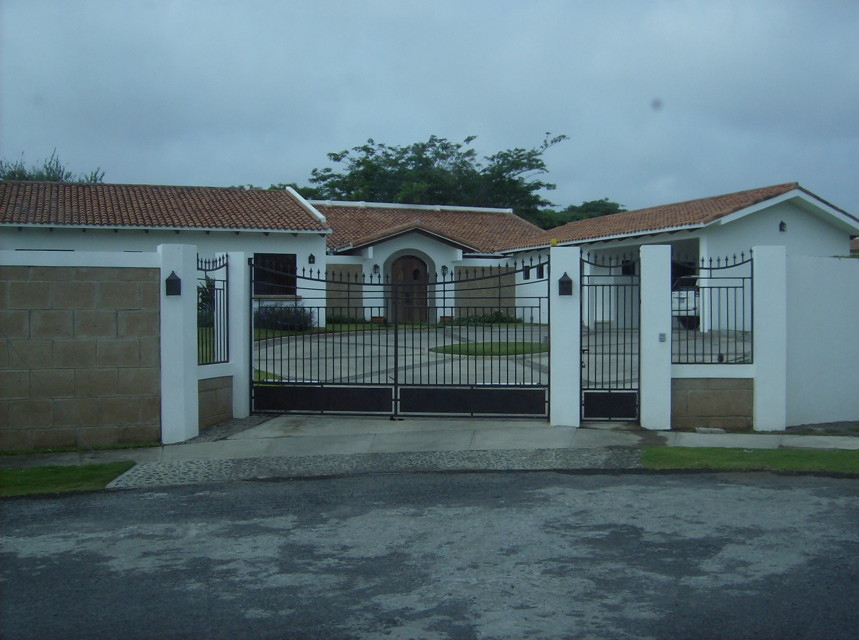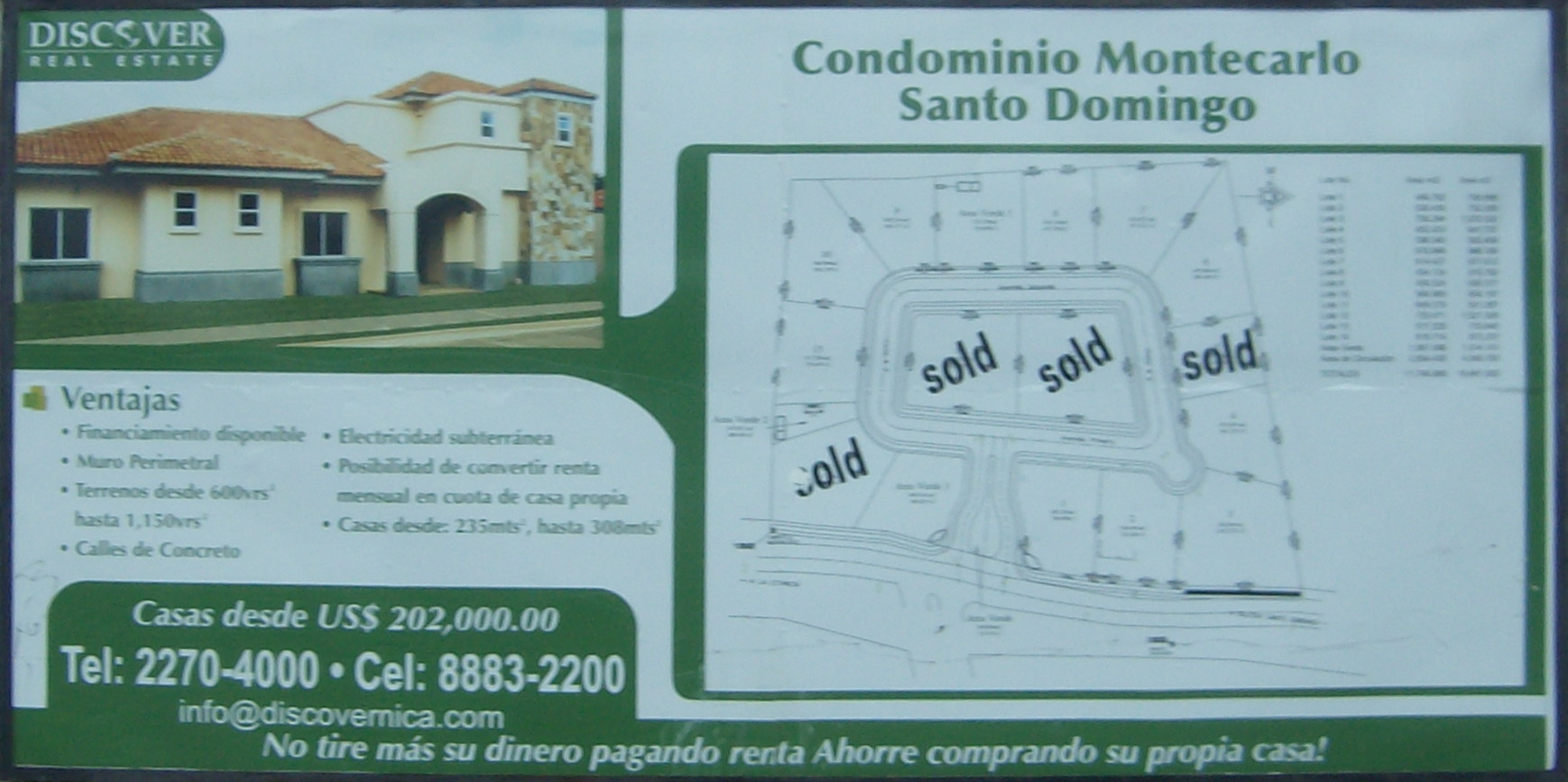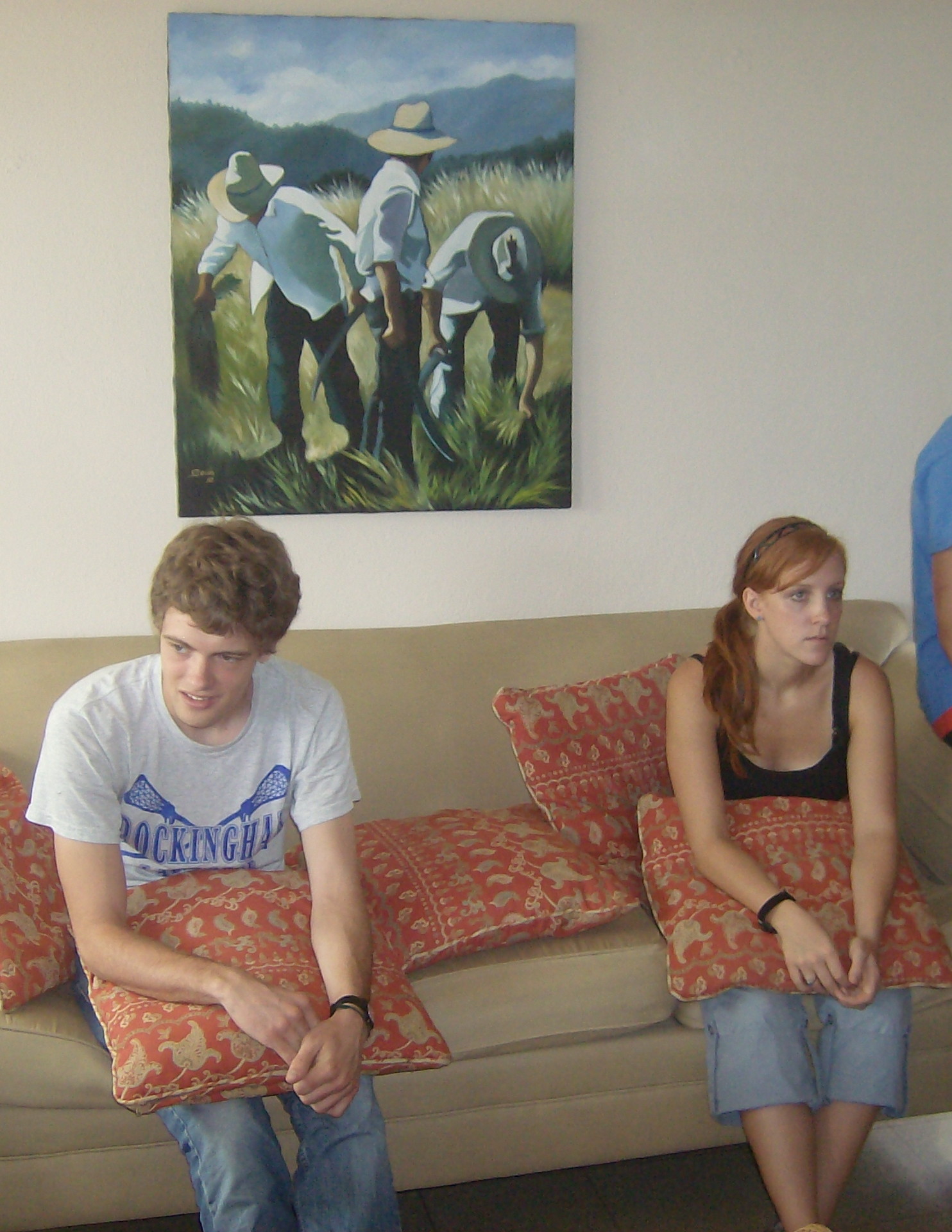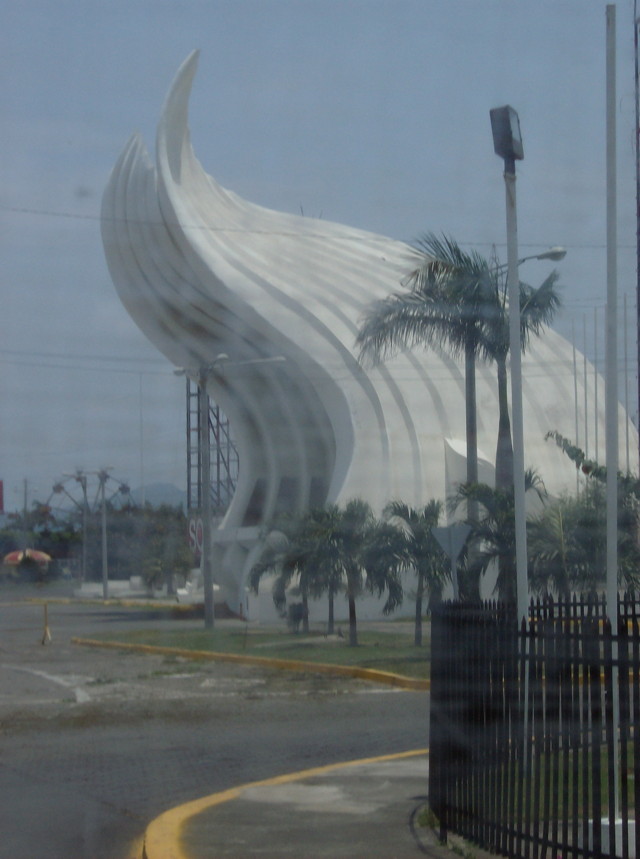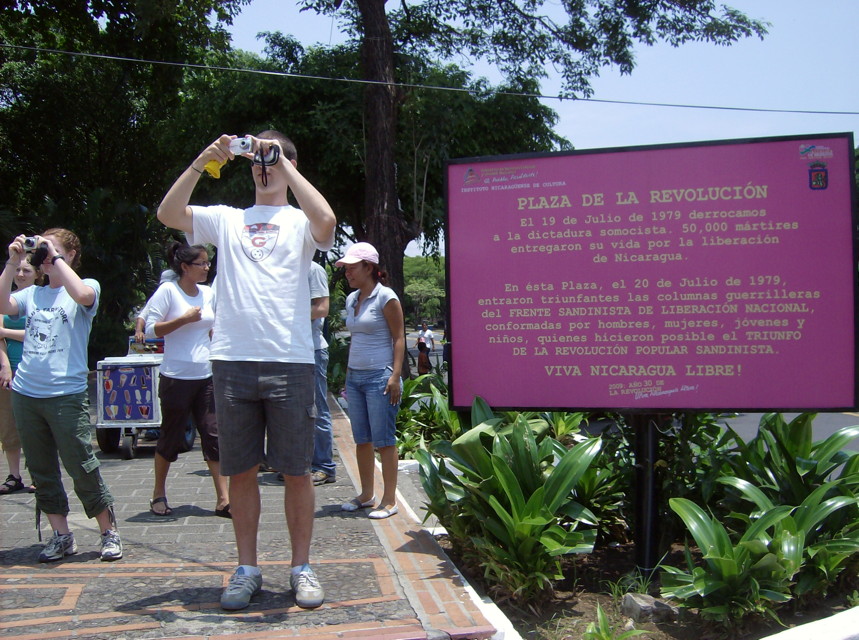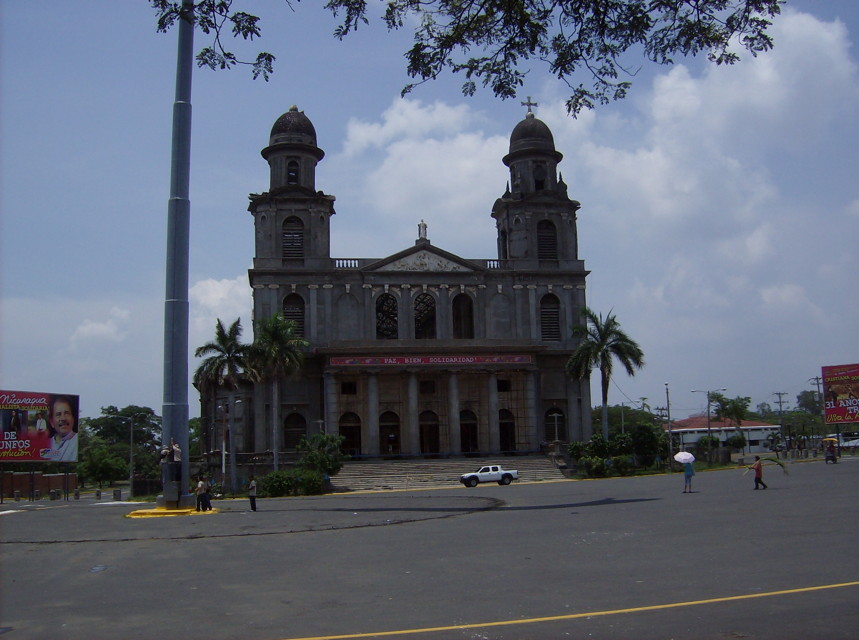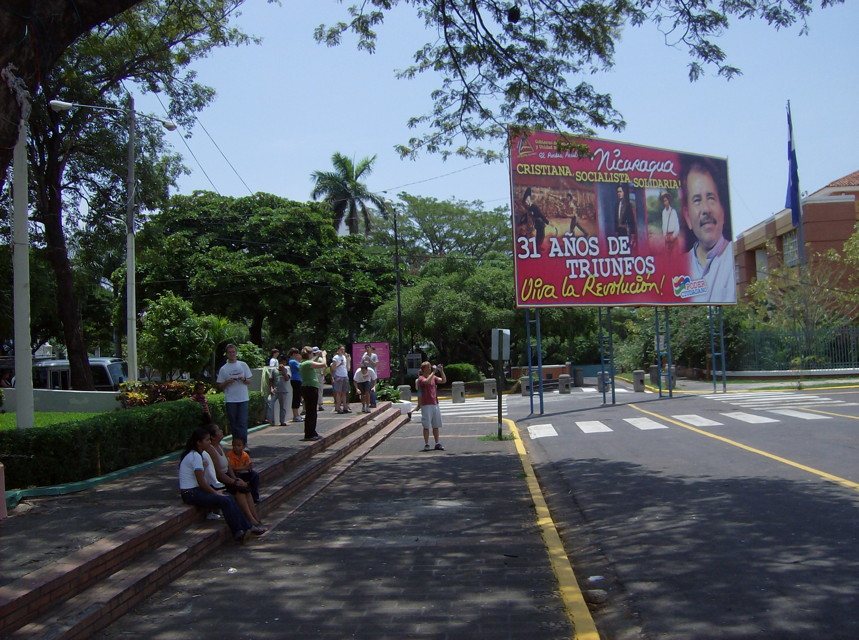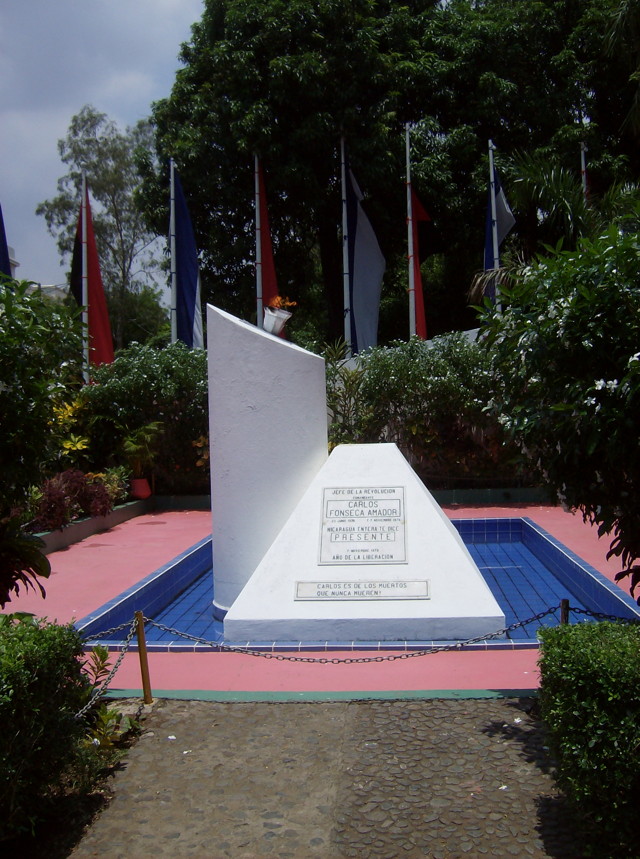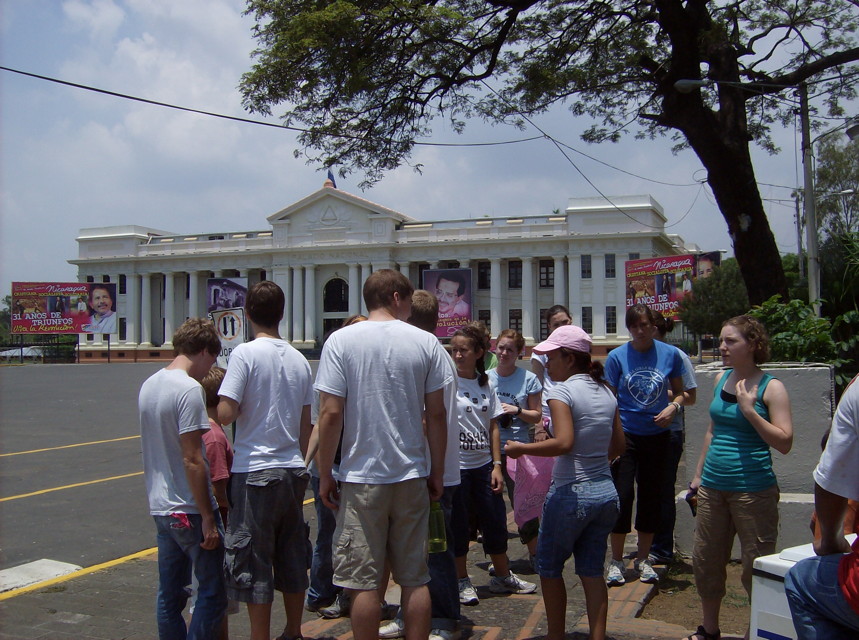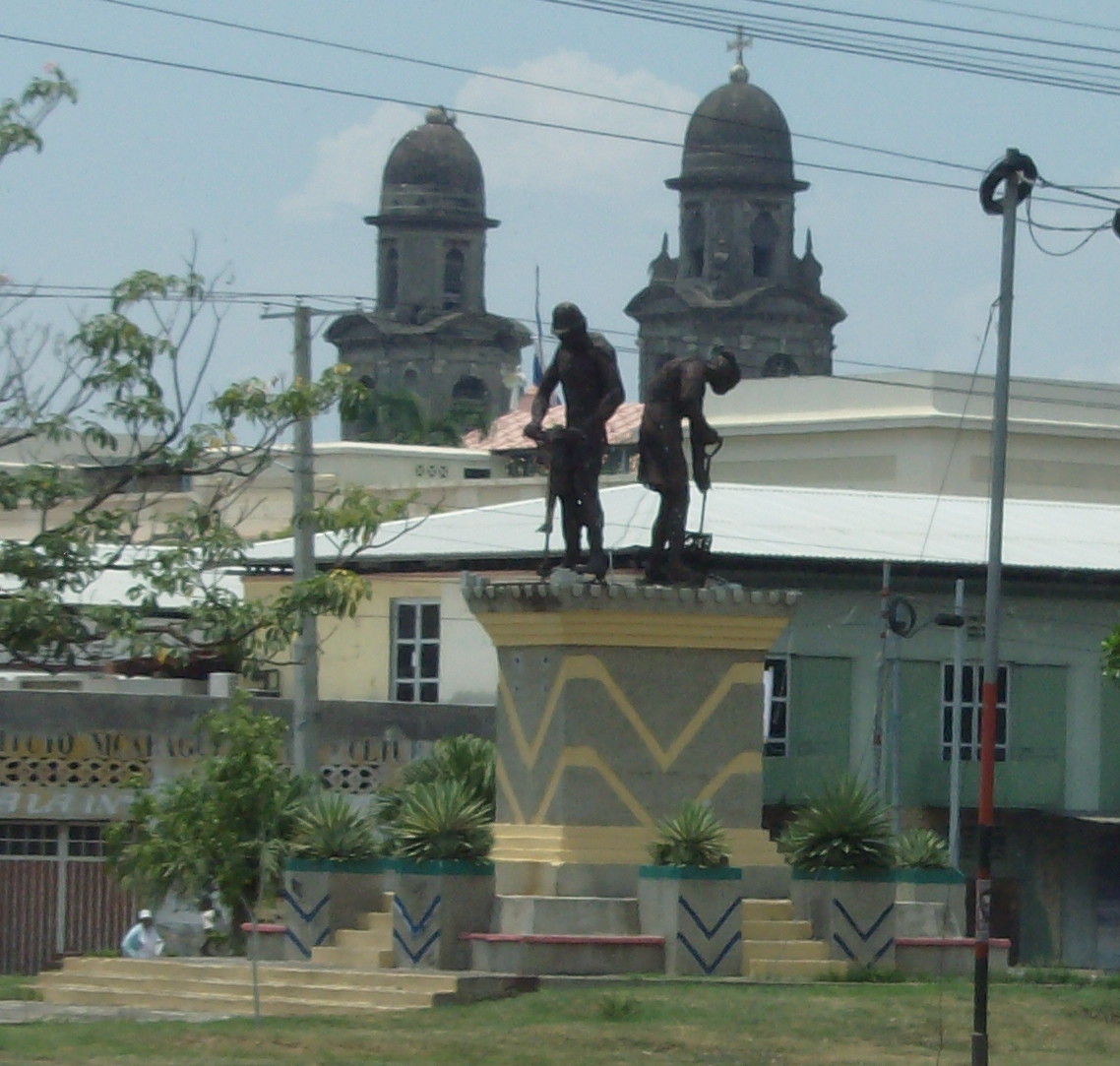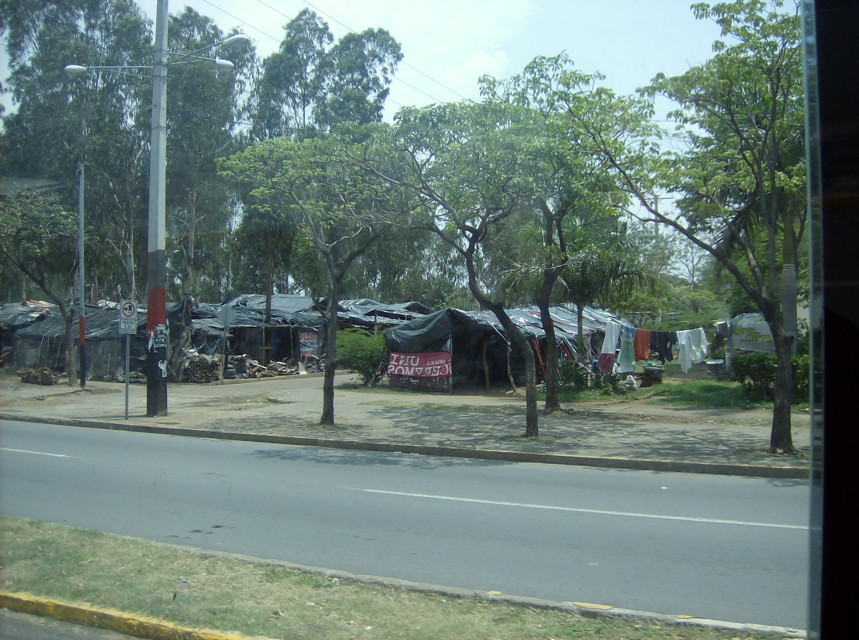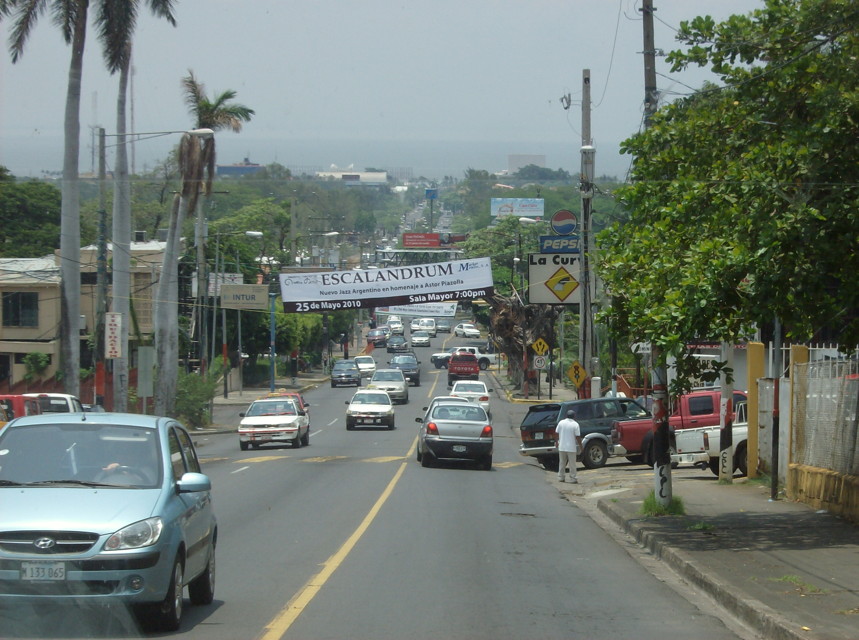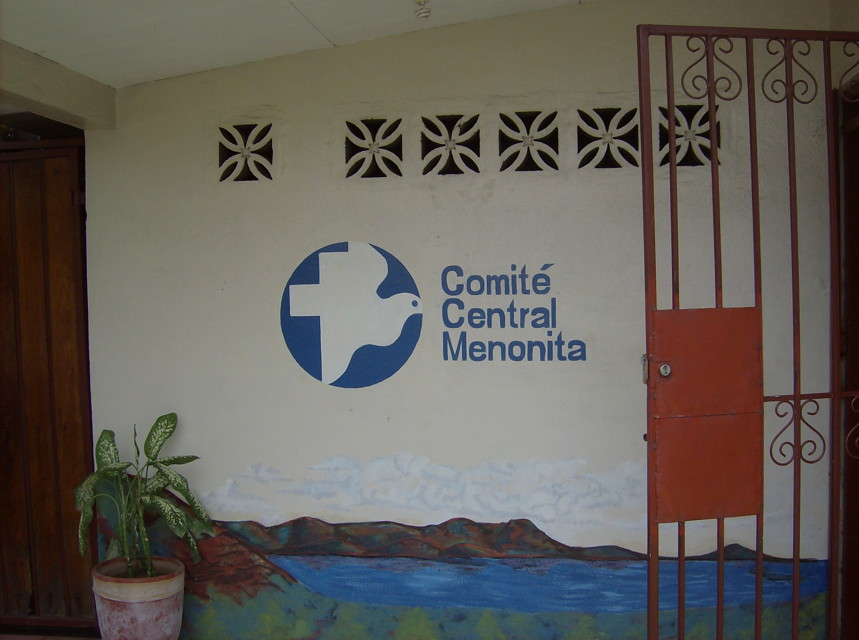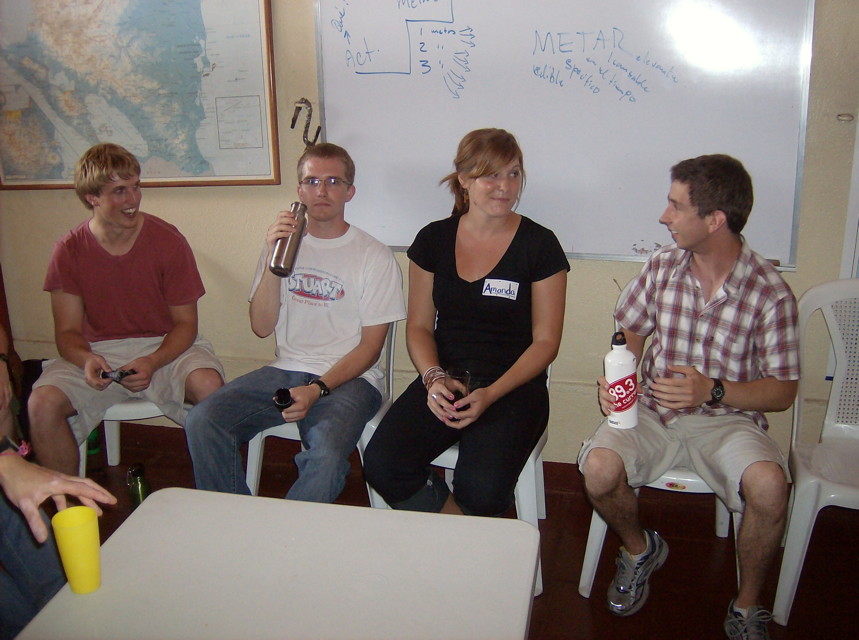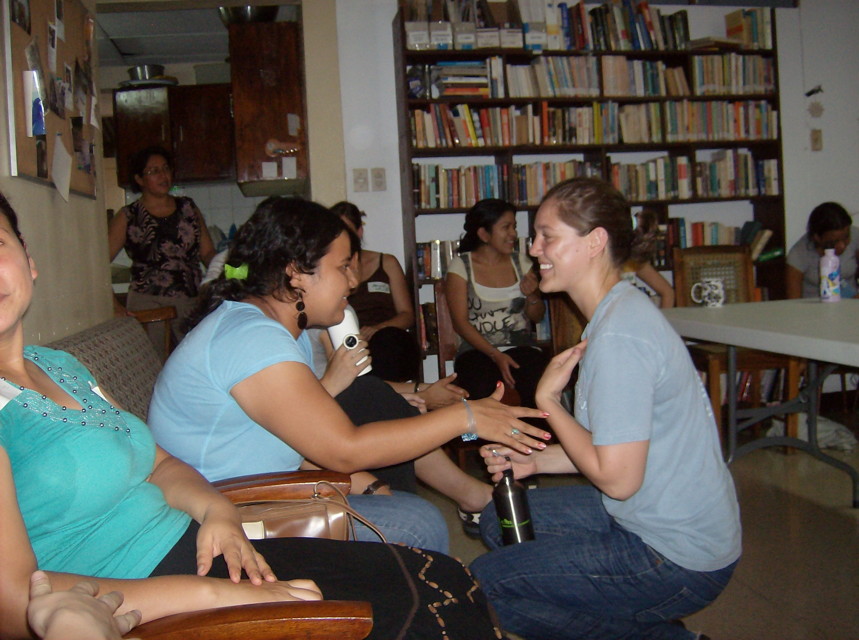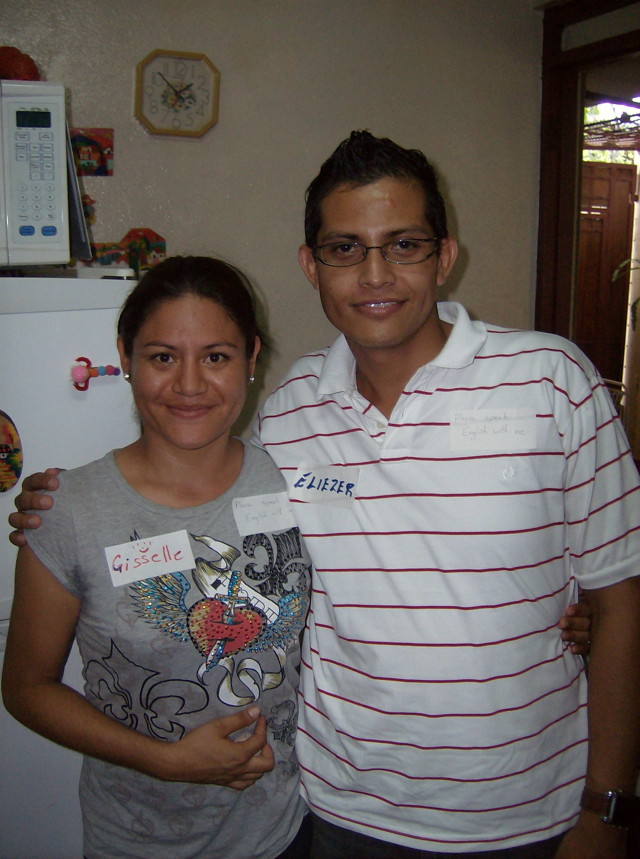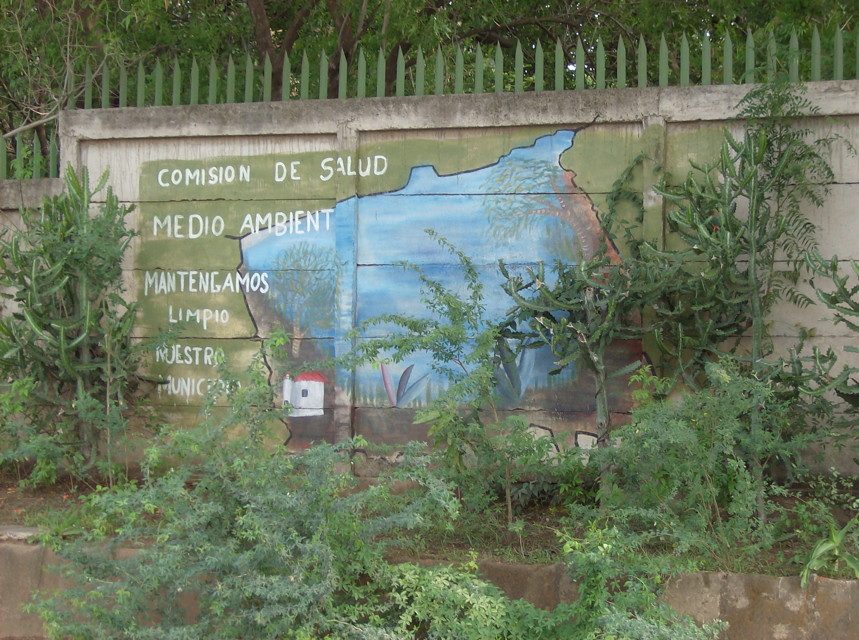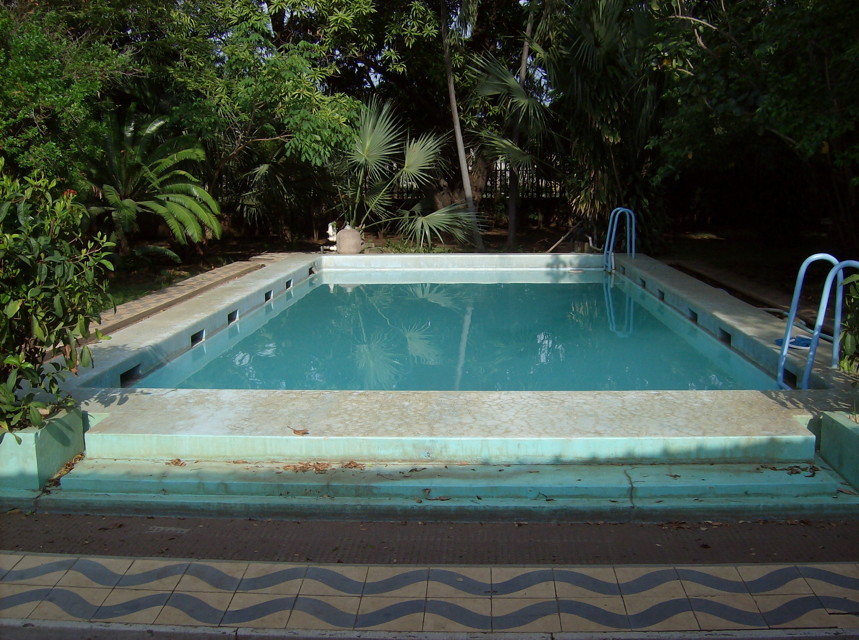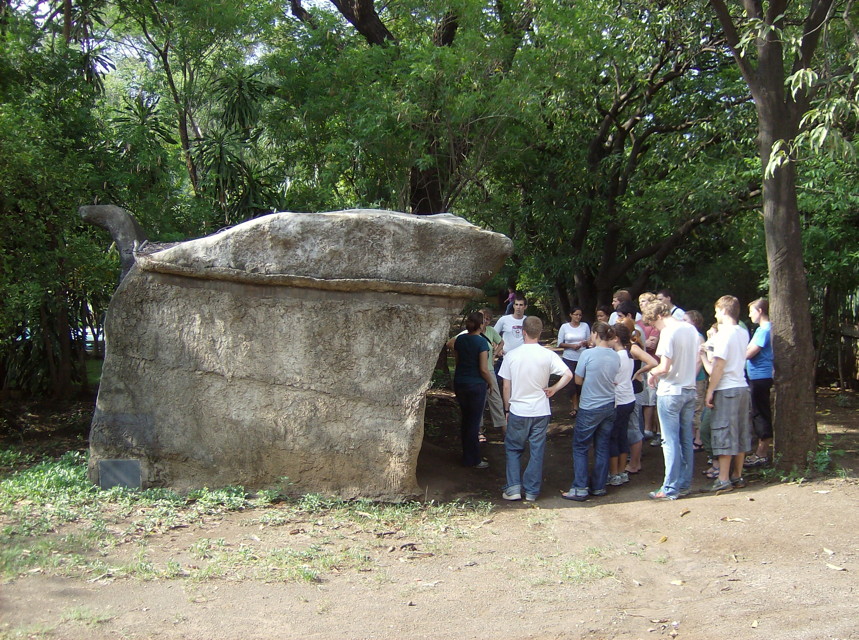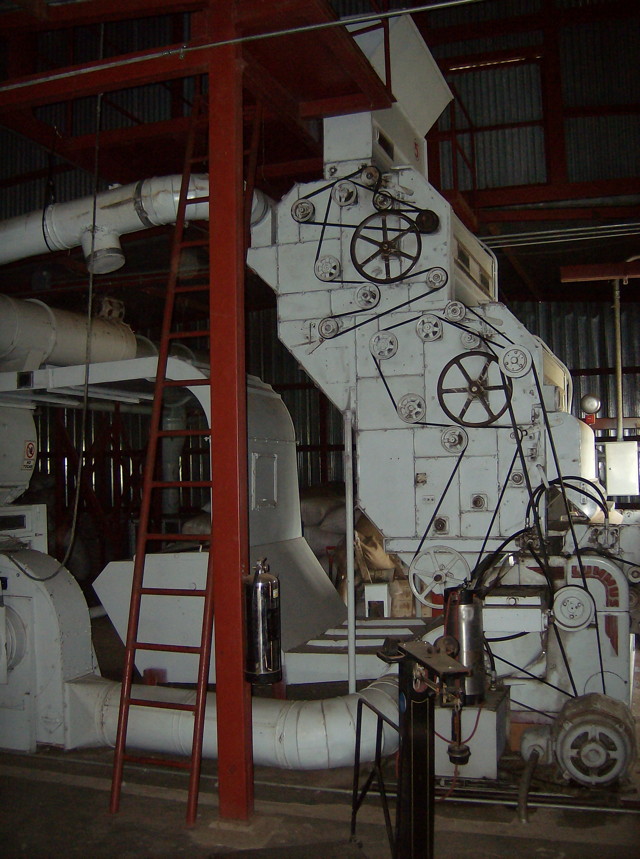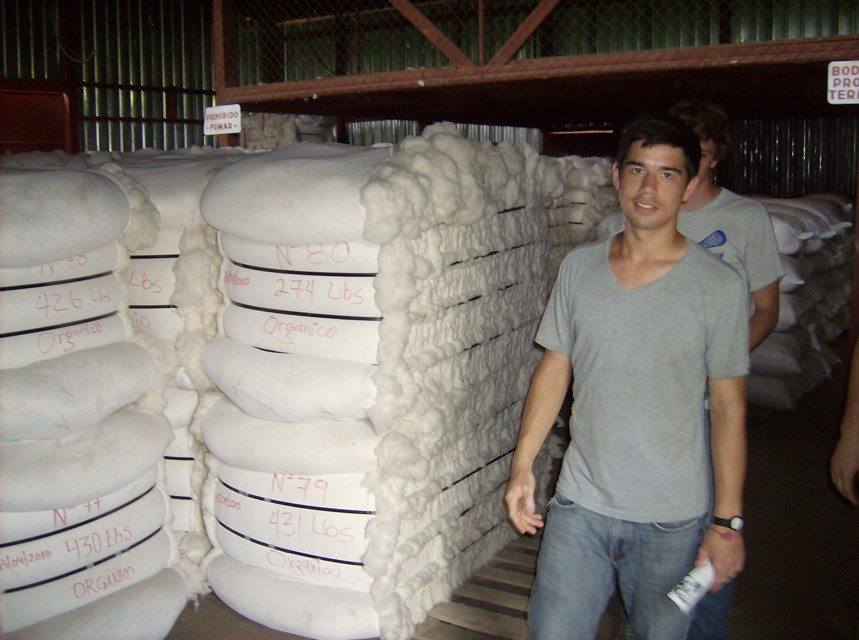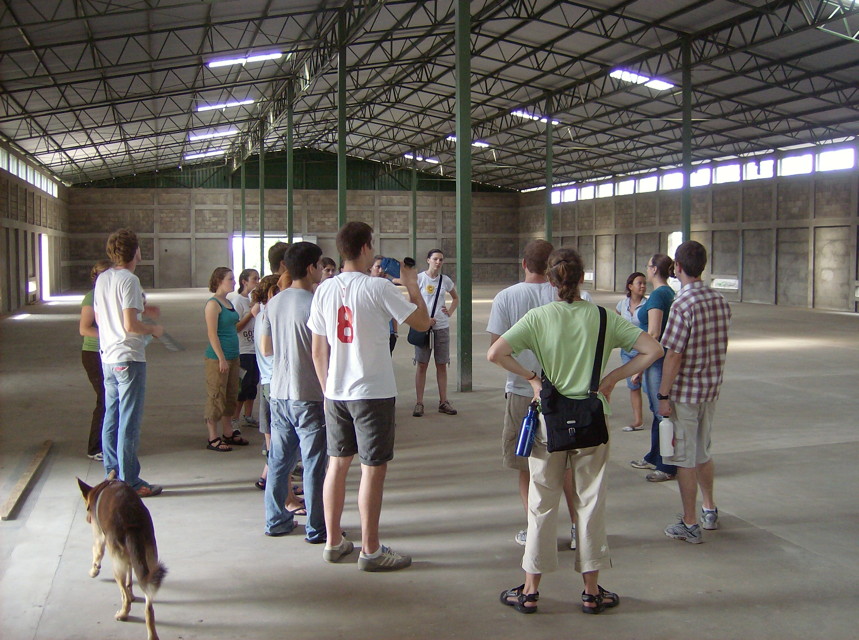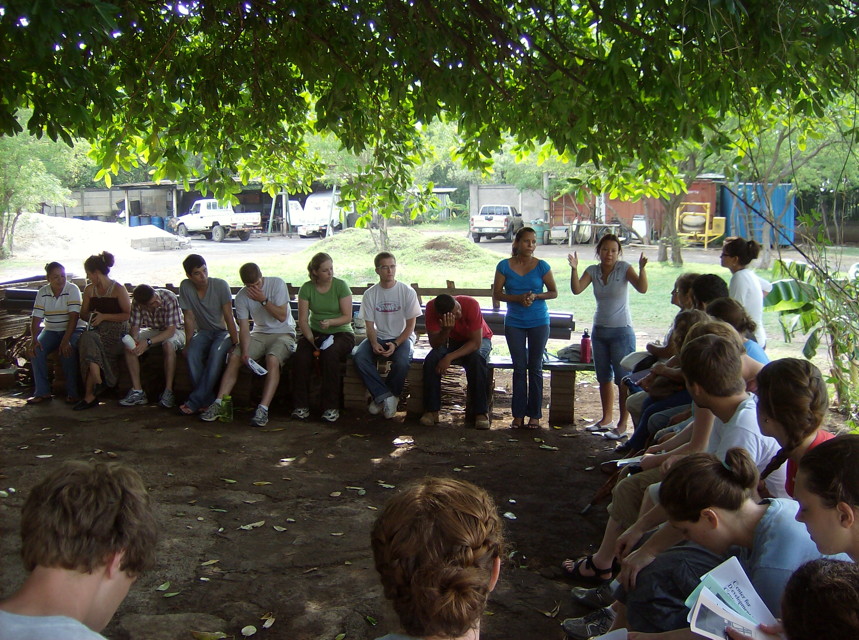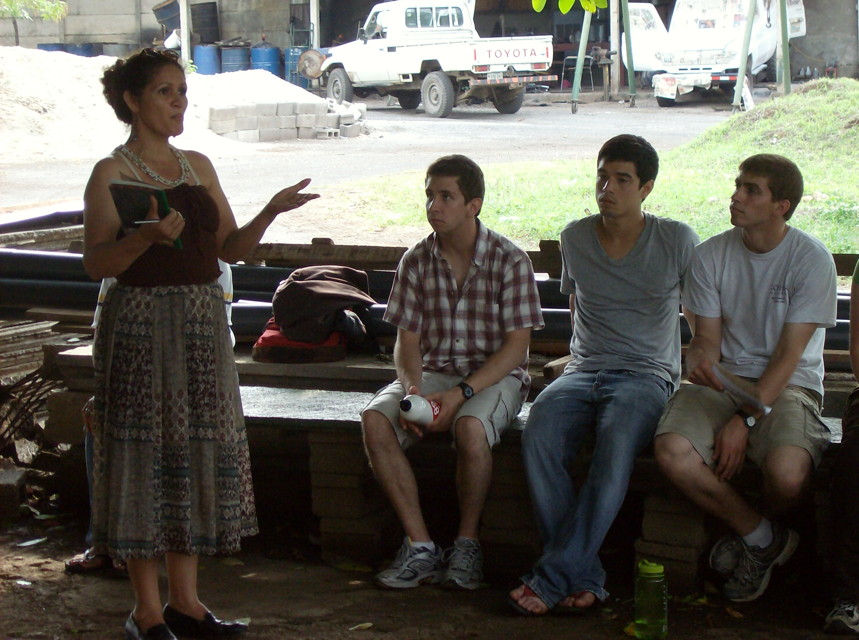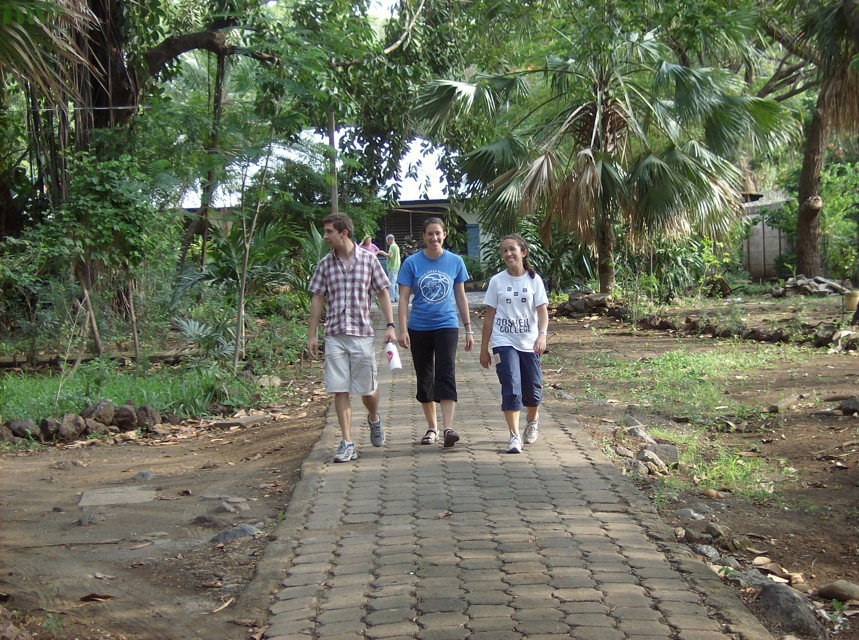Day trip to Managua
Friday, May 21, we took a day trip to Managua, Nicaragua’s capitol, which is about a 45 minute drive north from Jinotepe. We spent the morning in La Chureca, the municipal dump for Managua. Some decades ago, city officials negotiated an agreement with both the owner of the dump’s property as well as several hundred people and their families who were squatting there: The families would continue to live in La Chureca and work sorting out recyclable materials (for which they can earn income in the selling thereof); in return, the city would rent the land from the owner and sanction what had previously been squatter communities on private property, and provide free electricity and potable water to the residents. Now hundreds of people, and many more families, live in La Chureca; some work in the dump sorting trash from recycling; others live there, but work elsewhere in Managua. Recently, the Spanish government negotiated a deal with the municipal government to purchase the land and build a maquiladora-style garbage-processing building. They are taking over management of the dump — currently cleaning it up and providing approximately two hundred prefab houses to families who will be able to continue their employment in the dump’s to-be-constructed processing plant. In exchange the Spanish government will have exclusive rights to whatever methane gas they can harvest from decomposition of all the waste, as well as the recyclables and other compost. What will happen to the rest of the families has not been stated, and all of the families (both those selected and those not) are concerned about what their future holds both in terms of earning their living, as well as their homes/shelter.
We divided into two groups, each of which met with one family and learned about the family’s life and dreams for themselves and their children. Both families dream for “a better life” outside of La Chureca for themselves and their children. Because the residents of La Chureca are understandably sensitive to being viewed rather than engaged with, prior to entering La Chureca, we explained the rule of “no photos” to our group. Hence, there are no pictures of our experience at dump — but you can find many pictures on the Internet. After meeting the families, we were able to meet with staff from two nonprofits located in La Chureca as well as tour their facilities. Juntos Contigo provides a safe location for children as an alternative to playing in the dump or staying at home alone. In addition, they offer educational activities and mentoring for children and adults. Casa Base de Salud, located right beside Juntos Contigos, is medical clinic devoted to providing basic medical care and health education to the residents of La Chureca.
MCC (Mennonite Central Committee) Nicaragua very graciously arranged lunch for us, so our next stop was MCC Nicaragua headquarters. Not only did we enjoy lunch and meet the staff, but we were also fortunate enough to meet two IVEP-ers from Granada who will be living in and serving the Goshen community starting in August 2010.
In the afternoon, we visited Jubilee House Community, which is located in Ciudad Sandino, just outside Managua. Ciudad Sandino is the most densely populated city in Nicaragua, and one of the poorest. Many Ciudad Sandino residents were resettled to this community by the Nicaraguan government after a natural disaster destroyed their community of origin starting with the 1972 earthquake and most recently Hurricane Mitch. Stop for a moment to ponder the multiple effects of locating people who were poor to begin with, who’ve lost all their possessions, who’ve survived the trauma of a major natural disaster, who are displaced from their community of origin, in the same geographic location decade after decade. In the midst of this, Jubilee House Community is working on multiple community development projects, all from the framework of empowerment and working alongside the residents of Ciudad Sandino. Their projects range from an aqua agricultural garden (in the testing phase), to an organic cotton project (including three cooperatives: the farmers, the cotton gin, and the weavers), to a medical clinic. Their long-term dedication and creativity are quite inspiring.
The article that we read in advance of this day trip, “An Illness Called Managua” by Dennis Rodgers, and published in May 2008 by Crisis States Research Centre provided us with a helpful overview of several significant public policies of Managua’s municipal government, both past and current, that helped us think critically about the roads that we were driving on, the location of the rich and poor neighborhoods, and other facets of the city’s infrastructure as we encountered them throughout the day.
